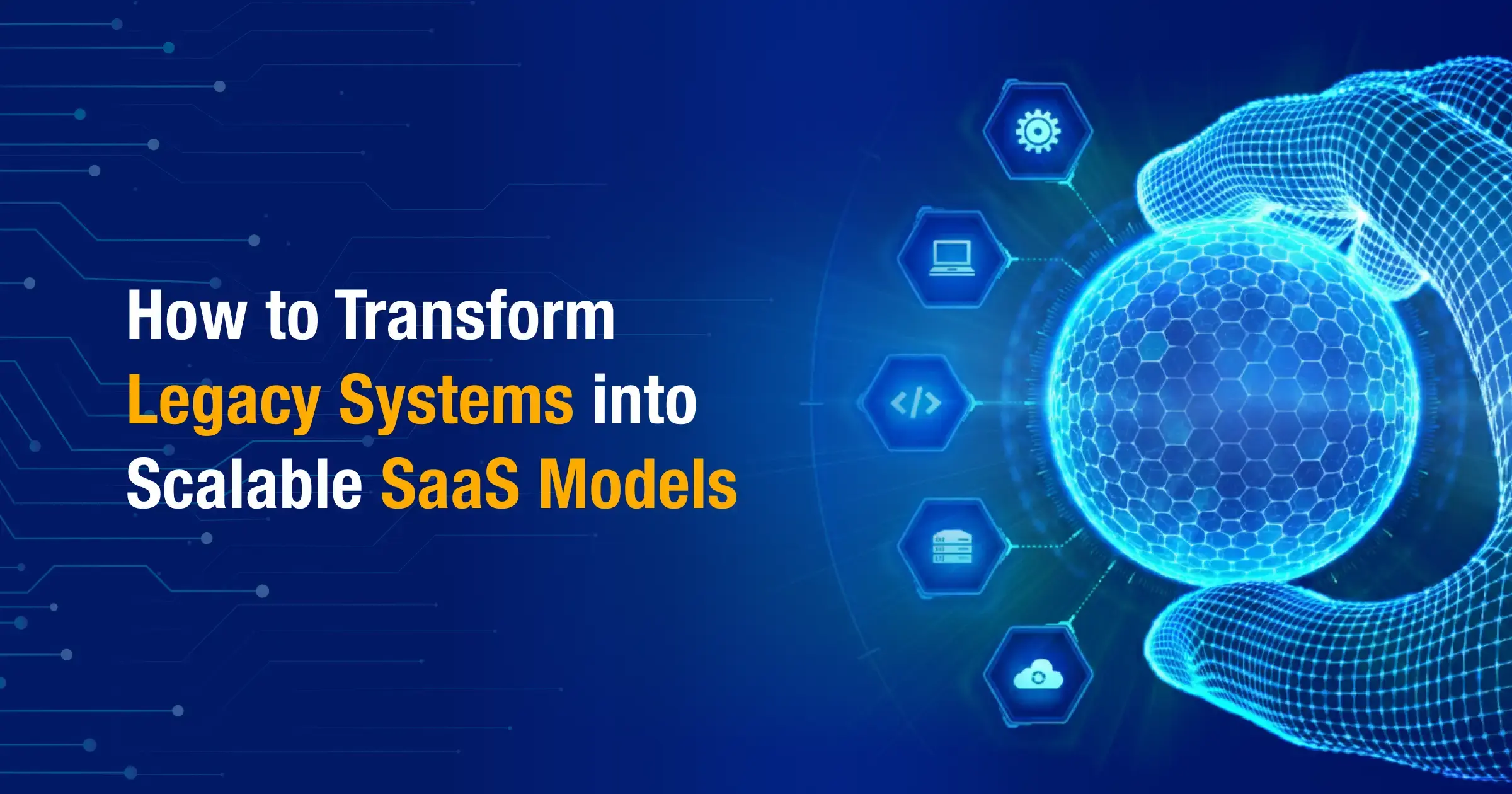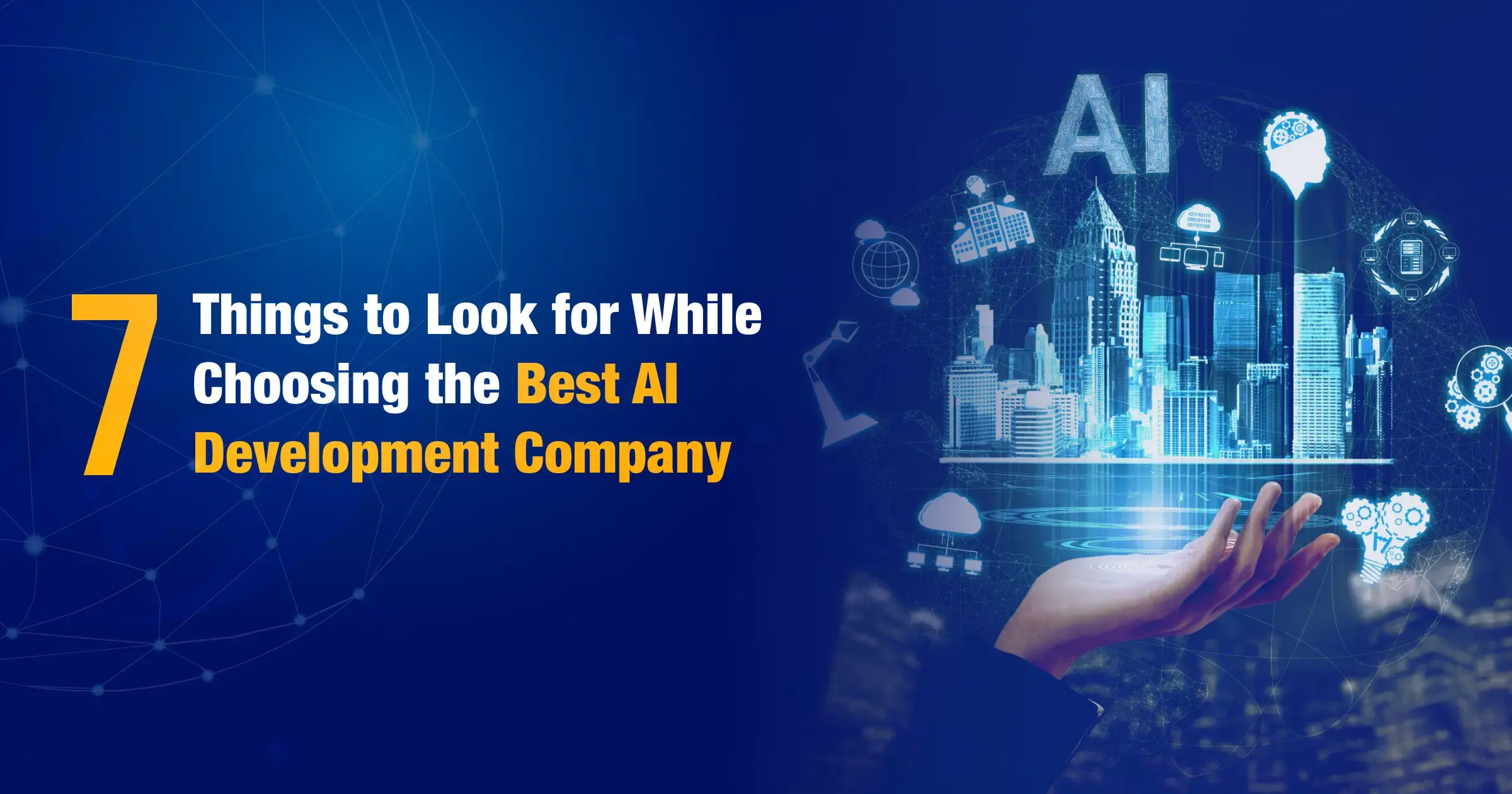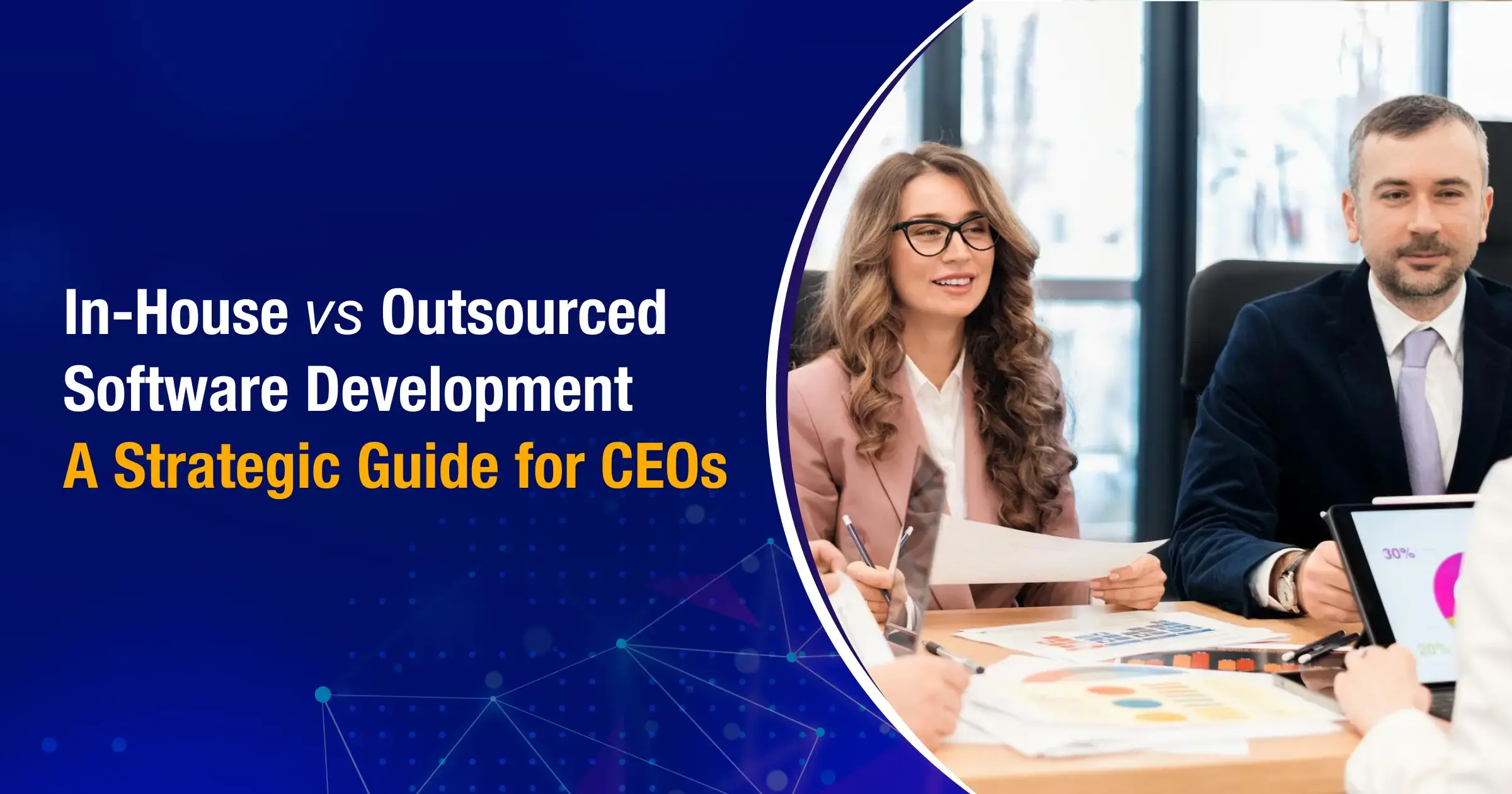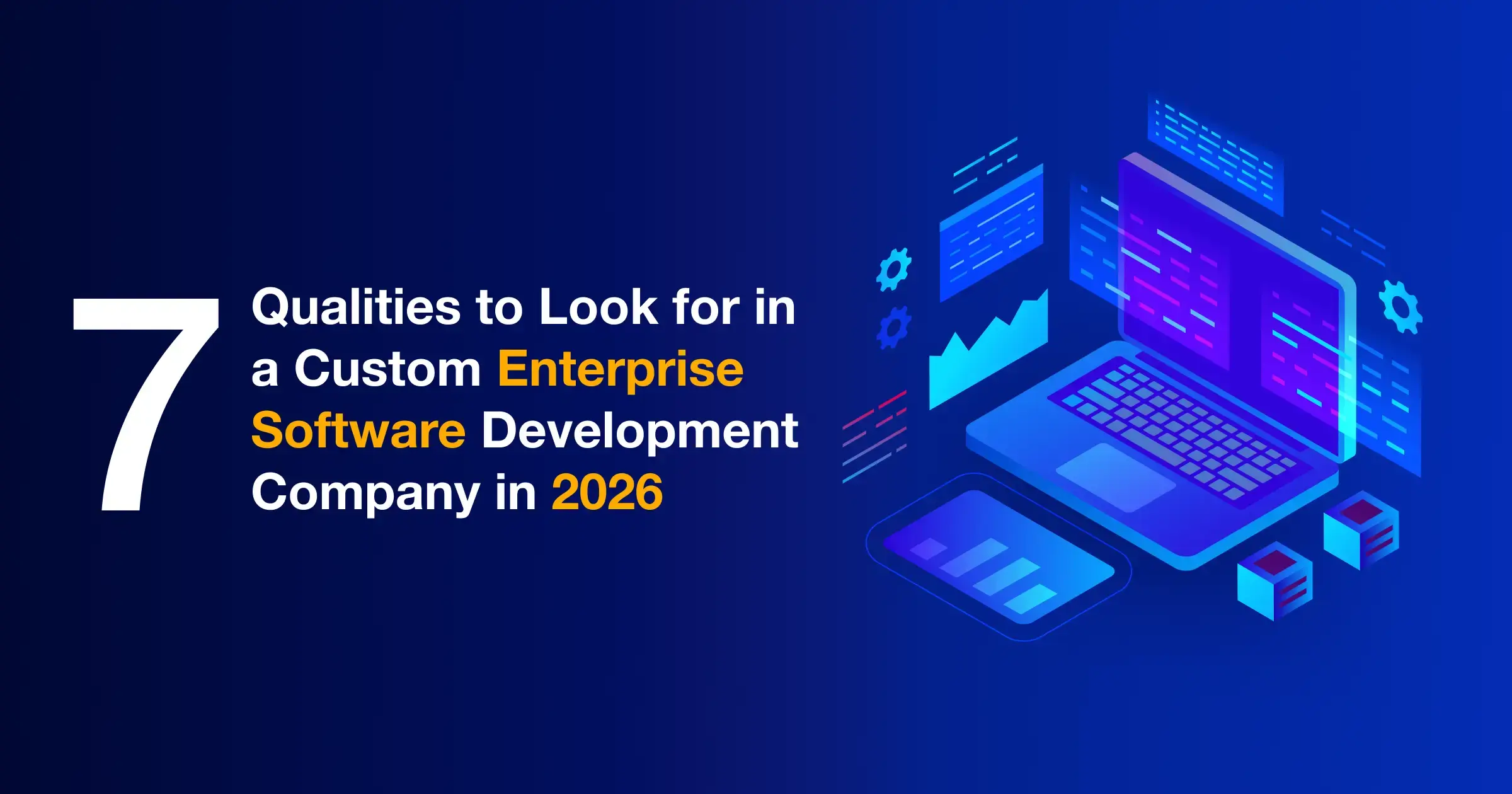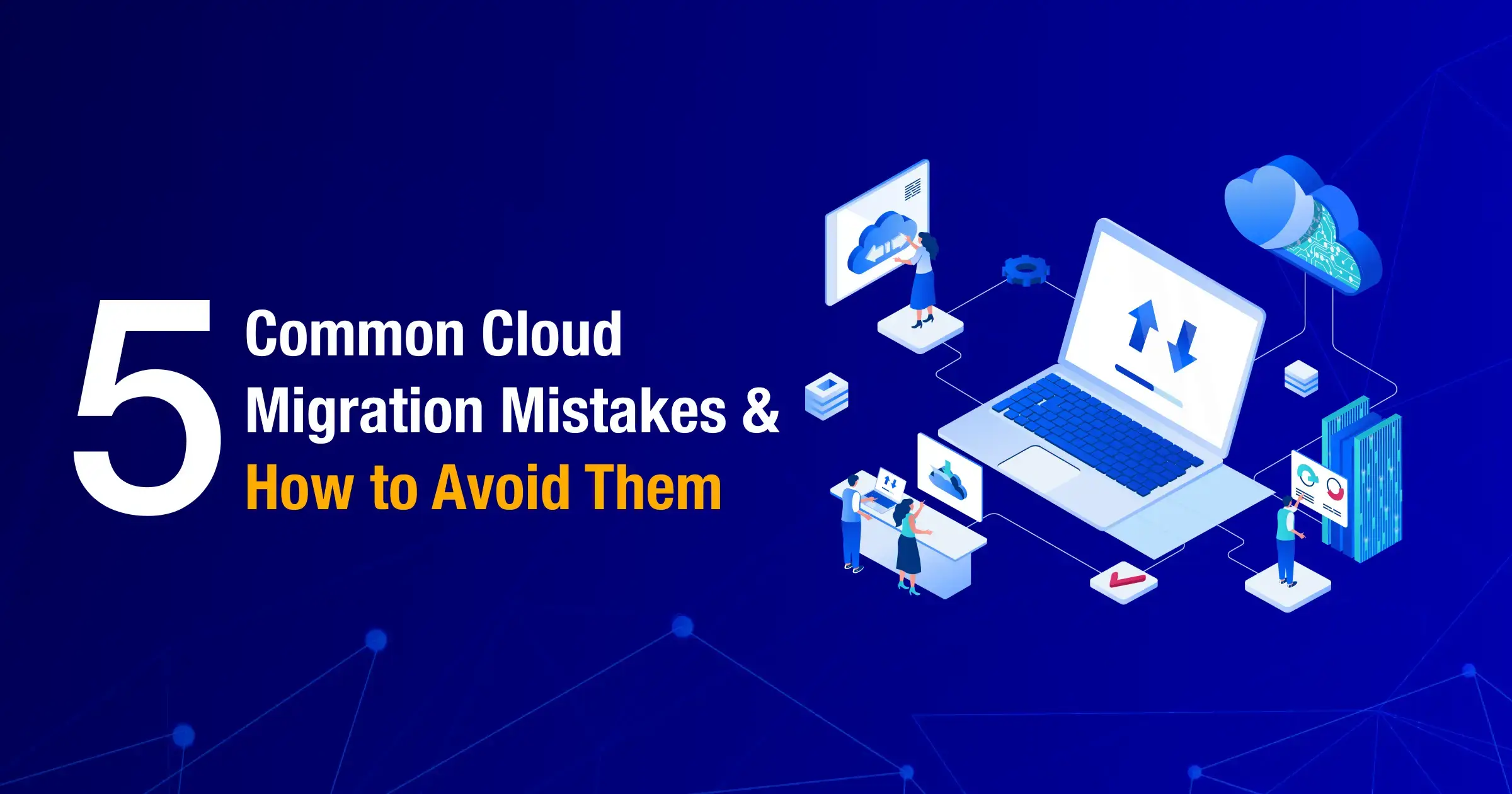
Why Businesses Are Moving Toward SaaS
Let’s consider this for a moment: picture a line of executives staring at quarterly dashboards, and watch their markets double-time into something new. Legacy systems were once the gold standard for enterprise stability. But now, stability on its own is not enough, and businesses need to evolve so modernizing legacy systems has become pivotal.
What’s truly driving the rush to Software-as-a-Service? Agility, for one. SaaS solutions for business throw the old boundaries aside. With a cloud-first world, companies no longer wait months for upgrades or fixes. They plug into tools that get sharper, faster, and more secure with every cycle.
The global SaaS market is forecasted to hit $300 billion this year, and a whopping 95 percent of organizations will use AI-powered SaaS applications, according to Hostinger’s 2025 industry study.
This is more than just a subtle trend; it’s a full-scale migration. What it means is that flexibility is pivotal for businesses operating at current times. The SaaS model lets businesses scale up, spin off, or pivot at the flick of a switch, all without the slow grind of in-house infrastructure.
But if you’ve ever compared cost projections across cloud computing platforms and on-prem, you know the real kicker is predictability. On-premises comes with some hefty investments for hardware replacements, surprise licensing fees, endless patch cycles, and more.
SaaS flips the landscape as the subscription model means fixed, forecastable operational expenses, and no one’s scrambling to find budget for a broken server. SolarWinds broke down a five-year comparison: running an on-prem ITSM solution racks up $140,700, while SaaS clears the finish line much leaner, with zero surprise capital hits.
The bottom line here is that SaaS application development enables complete digital transformation. The previous software era valued control and customization at the expense of speed. Today, agility and built-in resilience win the race. That is why every enterprise, whether they know it or not, is moving toward SaaS.
The Reality Check: Legacy Systems vs. SaaS Models
The Weight of Legacy Systems
Legacy systems have been the backbone of enterprises for decades. They earned trust because they kept things running. But trust comes at a price. These systems are often monolithic which is a single massive block where every change feels like shaking a fragile tower. Maintenance costs balloon because fixing one issue often breaks another. Integration?
It's like forcing mismatched puzzle pieces to fit. And security patches arrive late, sometimes too late, exposing cracks small and large.
Why SaaS Feels Like a Fresh Start
Now, picture SaaS models as they offer modularity, a way to break down the big, slow beast into nimble, interconnected services. They scale up or down naturally with demand, no heavy lifting needed.
Always-on updates roll out seamlessly, meaning no more waiting months for the next release or scrambling to patch vulnerabilities.
The infrastructure is in the cloud, maintained by experts, with backups and disaster recovery swirling quietly in the background, so the team can focus on growth, not firefighting.
Some Scenarios to Consider
Here’s the reality in practice as some retailers still struggle with legacy ERP found themselves stuck during holiday spikes, that are unable to adjust inventory or customer data flows fast enough. While competitors migrated to cloud SaaS platforms, gaining agility and visibility, those legacy-bound businesses lost market share and customer patience.
Similarly, a financial services firm transitioned to a SaaS platform, that streamlines compliance reporting with real-time data access. What took days previously now took hours, which boosts customer trust and frees up teams for strategic initiatives.
Transformation is More Than Tech
At the end of the day, moving off legacy isn’t a simple tech swap, but a fundamental shift in how a business operates and innovates. Legacy systems are about stability, yes, but modernizing enterprise software with SaaS models are about response, to change, to growth, and to new opportunities. Transformation is a mindset change, a modern way to work that opens the door to continuous evolution rather than slow, costly fixes.
Legacy Systems vs. SaaS
Let’s clearly understand how SaaS product development gives you an edge when compared with legacy systems in current atmosphere.
| Feature / Aspect |
Legacy Systems |
SaaS Models |
| Architecture |
Monolithic, tightly coupled |
Modular, microservices-based, API-driven |
| Scalability |
Limited, requires manual hardware/software upgrades |
On-demand, automated scaling with cloud infrastructure |
| Maintenance |
High ongoing cost, manual patches, downtime risks |
Managed by provider, automatic updates, minimal downtime |
| Integration |
Complex, often custom connectors, slow and costly |
Seamless via APIs and pre-built integrations |
| Security & Compliance |
Aging protocols, reactive patching, limited visibility |
Built-in, proactive compliance, continuous monitoring |
| Deployment Speed |
Months to years |
Days to weeks |
| Cost Model |
Capital intensive, unpredictable upgrade expenses |
Subscription-based, predictable operational expenses |
| User Experience |
Inflexible, outdated UI |
Intuitive, regularly enhanced UX |
| Innovation Cycle |
Slow, infrequent major releases |
Continuous delivery and deployment |
| Business Agility |
Low, difficult to adapt quickly |
High, enables fast response to market changes |
| Data Accessibility & Analytics |
Often siloed and delayed reports |
Real-time data, advanced analytics capabilities |
| Disaster Recovery & Backup |
Manual, complex, higher risk |
Automated, built-in, reliable |
| IT Resource Allocation |
Heavy focus on upkeep and troubleshooting |
Focus on strategic initiatives and growth |
| Examples of Impact |
Potential delays, missed business opportunities |
Faster product launches, improved customer satisfaction |
How to Build a Scalable SaaS Growth Model Step-By-Step

Building a scalable SaaS growth model isn’t about flipping a switch, it’s a carefully choreographed journey where strategy, technology, data, people, and operations all need to dance in sync.
Many businesses jump into SaaS seeking quick wins but soon find complex challenges waiting around the corner. The key? Breaking down the journey into digestible steps that align every move with the business’s core goals while building on a strong technological foundation and people-first culture.
Let’s walk through those critical steps to help your enterprise move past mere deployment toward sustainable SaaS-powered growth.
Align SaaS Strategy with Business Goals
When businesses start with pure technology that often leads companies astray. Custom SaaS development is a strategic business pivot, where you want the SaaS solution to solve real business pain points, be it elevating customer experience or sharpening data visibility for smarter decisions.
You need to define clear outcomes upfront that involve every configuration integration rally around those goals. Bring product leaders, IT, and executive stakeholders together early as alignment here saves headaches later.
- Define measurable success metrics tied directly to business outcomes.
- Prioritize customer-centric and revenue-generating features.
- Establish regular stakeholder check-ins to maintain alignment.
- Balance short-term wins with long-term scalability in planning.
Choose the Right SaaS Architecture and Ecosystem
This is where decisions get technical but must stay business-driven. Multi-tenant architectures let you share resources and reduce costs but might raise concerns over customization or security. Single-tenant offers isolation and control but at a price.
Microservices and API-first design offer modular flexibility to adapt and integrate seamlessly. Also, your SaaS ecosystem that includes cloud providers (AWS, Azure, GCP), integration tools, DevOps maturity, all set the pace and cost trajectory.
One thing you should not forget is security, which is a non-negotiable. Things like data residency laws, encryption standards, and identity management add layers of complexity early on. Designing with modularity and scalability in mind while implementing the best cybersecurity practices from day one reduces costly rewrites down the line.
- Evaluate multi-tenant vs. single-tenant fit for your security and customization needs.
- Prioritize API availability and integration capabilities.
- Choose cloud infrastructure aligned with compliance requirements.
- Invest in DevOps processes for rapid deployment and scaling.
Execute a Smooth and Secure Data Migration
Poor planning can lead to data loss, corrupt records, or extended downtime, and the remedy here is to treat migration as a phased journey. So, start with a thorough assessment of existing data quality and readiness, pilot with subsets of data, then execute phased rollouts with validation at every step.
Make sure you automate as much processes as possible that includes mapping, cleansing, transformation. Have rollback plans ready because migration hiccups happen. Also, compliance with GDPR, HIPAA, SOC2 isn’t an afterthought, it’s baked in, which ensures customer trust and regulatory peace of mind.
- Conduct detailed data readiness and quality analysis.
- Pilot migration with select datasets to test integrity.
- Use automated tools to standardize, cleanse, and migrate data.
- Schedule validations and have rollback protocols in place.
Drive Adoption Through Change Management
All the tech in the world won’t matter if the people side is ignored. The hardest part of SaaS transformation is convincing those who live and breathe the legacy systems that change is worth it. Leadership advocacy is a must, nothing accelerates adoption like visible executive sponsorship.
Design training programs tailored to different user levels and champion early adopters to spread enthusiasm organically. Open communications that acknowledge pain points while sharing quick wins create trust and reduce resistance. Change is cultural, not just operational.
- Secure strong leadership sponsorship and communication.
- Develop role-specific, engaging training modules.
- Identify and empower early champions within teams.
- Maintain open feedback loops to address concerns promptly.
Scale and Optimize Your SaaS Operations
Deployment is only halfway up the mountain. True SaaS value blooms in optimization which monitors ROI, automating routine workflows, and relentlessly improving uptime and performance. Use feedback loops and analyze real-time usage data to adapt offerings.
Embracing FinOps practices to track cloud spend and optimize costs prevents surprises and frees the budget for innovation. Remember, market needs aren’t static, continuous iteration in both tech and business processes keeps your SaaS engine humming.
- Implement monitoring dashboards to track ROI and system health.
- Automate workflows to increase efficiency and reduce errors.
- Apply FinOps discipline to optimize cloud and subscription costs.
- Continually solicit customer success insights for strategic pivots.
The Future of Enterprise Growth with SaaS Purpose
Picture the next chapter in enterprise growth. It’s not about bigger budgets or longer timelines. It’s about smarter SaaS that thinks, adapts, and plugs into the business like a living network.
What’s next?
Imagine SaaS platforms that don’t just collect data but understand it and personalize experiences automatically. With artificial intelligence services on the rise, AI-driven personalization will make every interaction feel tailor-made, be it customer support or product recommendations.
Then there’s the rise of the composable enterprise. Why buy a whole software suite when you can pick and choose modules? Vertical SaaS takes that further as it delivers industry-specific solutions finely tuned to unique business needs like healthcare, finance, retail, you name it.
Look around and you’ll see ecosystems expanding. SaaS platforms won’t just stand alone; they’ll form hubs of constant collaboration. APIs unlock integrations that make workflows flow seamlessly across tools and teams.
How will decisions change?
- Real-time data becomes the heartbeat of smarter business moves.
- Continuous innovation ecosystems shrink the gap between idea and execution.
- Platform dominance means fewer apps but deeper, richer capabilities.
- Collaboration isn’t email chains but API-driven orchestration.
Ask yourself how ready is your enterprise to plug into this future? Not just to adopt SaaS, but to thrive as these new trends reshape what growth can look like.
The future is adaptive, personalized, and hyper-connected. Enterprises that master these SaaS shifts won’t just keep up, they will lead.
In a Nutshell
So, what have we learned on this SaaS journey? A few things stand out, and not just as checklist items, but as the backbone of real transformation.
First, strategic alignment is everything. SaaS is not a plug-and-play solution. You need it to serve clear business goals, be it delighting customers or unlocking recurring revenue. So similar to building custom software, you need to handle SaaS development and deployment with care.
Next, architecture and ecosystem choices aren’t just technical but they shape how fast you move and how well you grow. Modular, API-first design, cloud compliance, and security are foundational.
Data migration? Treat it as a careful operation, not a rushed activity. Clean data, phased rollouts, automated tools, and compliance safeguards keep the ship steady.
Change management feels like soft stuff, but it’s hard, and it’s make-or-break. People need champions, training, and clear communication to embrace the new way.
Finally, scaling SaaS operations demands continuous monitoring, workflow automation, and financial rigor. It’s not a sprint, it’s a marathon of steady, smart evolution.
This isn’t a one-and-done project. Think of it as a journey you embark on daily, ever-adapting, always learning. Because the reality? The market never stops changing, and neither should your SaaS strategy.
Ready for enterprises that redefine agility and innovation through SaaS? The ones that don’t just survive but lead the pack. That future? It’s yours to shape.
FAQs
What are the main benefits of transforming legacy systems into SaaS models?
When you transform to SaaS, it helps you achieve agility and easier scaling options. With this, you get predictable costs and upgrades that are faster all without the heavy lift of managing hardware. Plus, SaaS lets your teams focus on growth.
How do SaaS models improve enterprise scalability?
SaaS platforms usually scale automatically with demand, as they adjust resources effortlessly. You do not need to do any manual upgrades or buying extra hardware. This keeps operations smooth during growth spikes or market changes.
What are common challenges when migrating legacy systems to SaaS?
Data migration could be a major challenge as there could be a mismatch in data formats between legacy and cloud application systems. Other challenges include change resistance from teams and selecting the right architecture to top the list. For smooth migration, you need to find the right software development company that caters to your unique needs.
What role does AI play in the future of SaaS?
AI has immense role when it comes to SaaS development as it powers advanced operations like smarter automation, personalized user experiences, data-driven decisions, and many more. Many AI development services for business essentially turn SaaS from a mere tool into an intelligent partner that adapts to business needs.
Why is SaaS transformation considered an ongoing journey?
Markets and technologies never stop evolving. So, for a successful SaaS transformation, you need to continuously optimize, monitor, and iterate. It’s about constant learning and adapting, not just a one-off upgrade.

